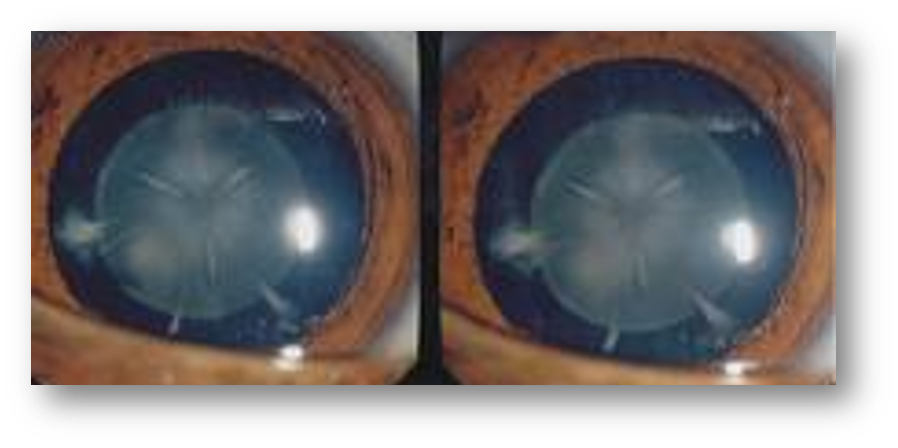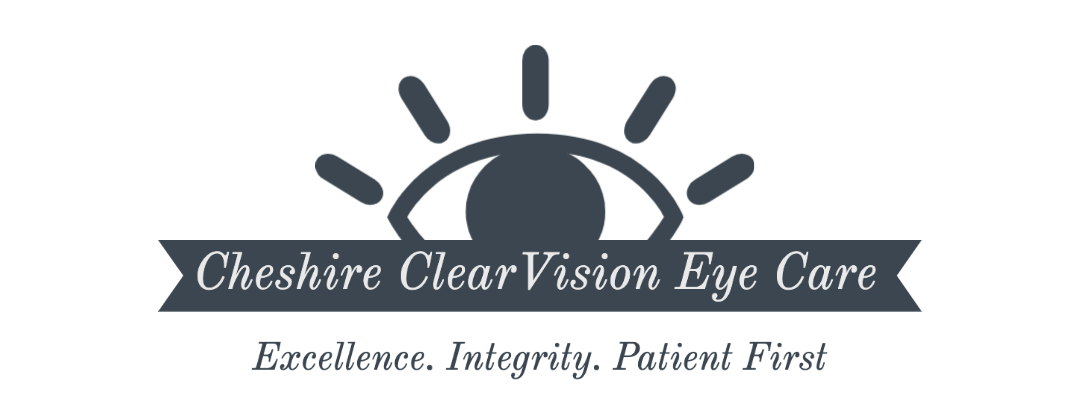A cataract occurs when the lens of the eye is cloudy or opaque. Cataracts in babies and children are rare. In the UK, around 3 to 4 in every 10,000 babies are born with cataracts.

Childhood cataracts are often referred to as:
- Congenital cataracts – cataracts present when a baby is born or shortly afterwards
- Developmental, infantile or juvenile cataracts – cataracts diagnosed in older babies or children

In children, cataracts can affect 1 or both eyes and may appear in different parts of the lens and range in size from tiny dots to dense clouds. They are often genetic and can be associated with other medical problems. Many times the cause of cataracts in a child is not known.
In order for a child to develop good vision, the child has to have clear light hit the retina so that the brain receives a clear image. If there is a cataract blurring the light, it limits the child’s visual development and results in lazy eyes/ poor vision. As well as poor vision, cataracts can also cause “wobbling eyes” and a squint, where the eyes point in different directions.
Surgery is needed to remove cataracts and if dense cataracts are not removed, or removed late, it can lead to permanent changes in areas of the brain where vision is controlled, resulting in reduced vision in one or both eyes. It is important, therefore, to carry out surgery as early as possible. The affected lens may sometimes be replaced with an artificial lens during surgery, but Infants and young children may need to wear contact lenses following cataract surgery.
